2500 Years of Magnetism
|
Here in the Superconductivity and Magnetism Group at Warwick we have been working towards understanding the properties of a range of different magnetic materials for over 20 years. The history of the study of magnetism, however, dates back over 2500 years to the earliest recorded times. Magnetism - 600 BC to 1600 ADIn China and India, magnets were used from as early as the 4th century BC for navigation Over the next two thousand years, magnets were used for compass navigation |
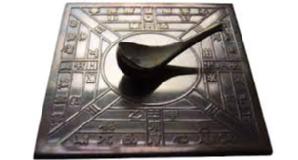 |
|
The lodestone spoon compass . . |
||
|
|
||
Age of EnlightenmentIn 1600, the British physicist William Gilbert’s treatise on magnetism, De Magnete, Magneticisque Corporibus, et de Magno Magnete Tellure |
 |
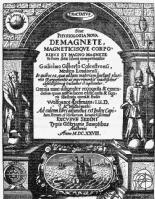 |
| William Gilbert, 1544 - 1603. | ||
|
|
||
(Electro)magnetism in the 19th CenturyWork by Oersted Maxwell’s equations
|
||
| The giants of 19th century (electro)magnetism. | ||
|
|
||
Magnetism and Quantum MechanicsA microscopic theory of magnetism required the development of quantum mechanics. This includes the Pauli Pioneering work by Langevin |
||
|
|
20th (and 21st) century magneticians. | |
Magnetism and the Nobel Prize in Physics |
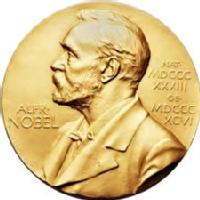 |
|
 |
 |
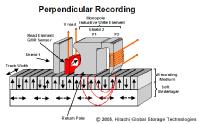 |
Modern Applications of MagnetismModern developments in applied magnetism were driven, in part, by the need to store and read data. This work included the discovery of giant magnetoresistance (GMR), the quantum and spin Hall effects and all their anomalous counterparts, and led to the development of hard discs with terabyte storage capacity and magnetic RAM. Parallel research efforts led to the development of permanent magnetic materials used in motors, actuators, switches and generators, speakers and microphones, as well as many other niche applications. Today, the market for soft, semi-hard, and hard magnetic materials is growing, with new applications such as cloud computing and electric cars. Companies including Hitachi, Molycorp, and TDK, share a market for magnetic materials that is estimated to reach $100 bn per annum worldwide by 2020. |
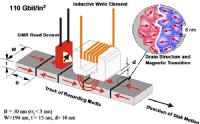 |
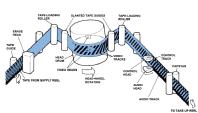 |
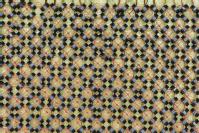 |
|
 |
 |
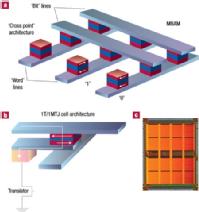 |
